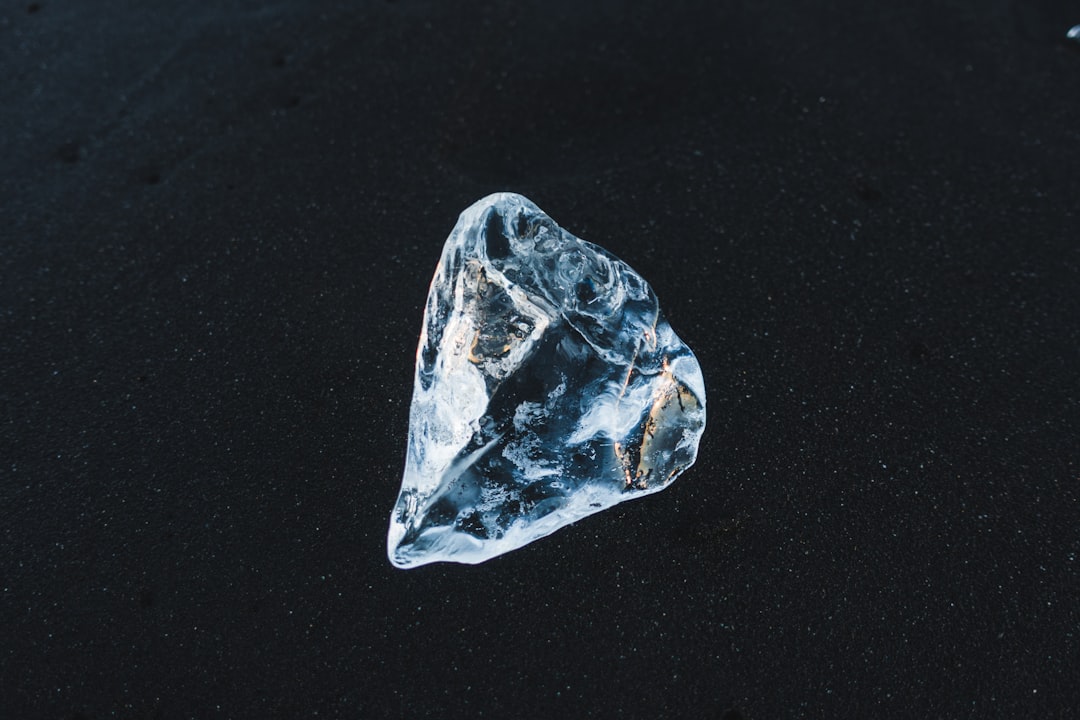 Photo from Unsplash
Photo from Unsplash
Originally Posted On: https://www.jogiadiamonds.com.au/blog/debunking-lab-grown-diamonds-myths-and-truths/
Like a lot of jewellers nowadays, we sell lab grown diamonds. With this comes the obligatory question from customers, “What’s the difference between lab grown and natural?” The biggest difference is of course the price – a 1ct F/VS2 ideal cut natural diamond may cost $9,000, whereas a lab grown diamond of the same size and specifications may only cost $900. However, when researching this topic, most opinions are decisively favourable toward lab grown diamonds, with only a few like Martin Rapaport, coming to the defence of natural diamonds. However, delving deeper into this debate reveals that some of the claims put forward by lab grown diamond proponents may be completely false.
Are Lab Grown Diamonds Fake?
One of the main arguments that some people make against lab grown diamonds is that they are fake, and not real diamonds. However, the fact is that lab grown diamonds are chemically the same makes them real diamonds, with only their growth patterns, which require special equipment to detect, setting them apart.
However, when looking up the definition of fake, Merriam-Webster defines it as:
“not true, real, or genuine : counterfeit, sham”
“He was wearing a fake moustache.”
“She held up the bowl to the window light and smiled her fakest smile yet…”
Funnily enough this definition lends itself to an idiom for lab grown diamonds such as “real as in a moustache, but fake as in a smile”, since lab grown diamonds are real in every sense of the word except for value.
Are Lab Grown Diamonds Better for The Environment or More Ethical?
One of the biggest arguments that proponents of lab grown diamonds make is that they are more ethical as they avoid the “blood diamond” problem and aren’t mined using slavery, abuse or child labour. Furthermore, lab grown diamond proponents hail them as environmentally friendly as they aren’t dug out of the earth, and therefore avoid the environmental impact of diamond mining.
However, these claims are dubious at best.
Firstly, whilst there are no doubt human rights abuses in the diamond mining industry, there are similar abuses associated with producing mobile phones, consumer electronics and electric cars. All of these seem to be tolerated by society, so why should we single out the diamond mining industry?
Secondly, the biggest grower of lab grown diamonds is China, as shown below.
Whilst there are growers in the US such as Diamond Foundry who espouse their environmental and social credentials, it’s hard to brush off the fact that nearly half (probably more by now) of lab grown diamonds are grown in China – the country who is the world’s biggest carbon emitter and known for their human rights abuses.
Thirdly, a common selling point for lab grown diamonds is that they are “mining free”. However, as Rob Bates of JCK points out, they are not “mining free” with growers still needing methane, carbon and electricity – all of which need some degree of mining.
Furthermore, as Edward Fleming points out, if lab grown diamonds do gain a significant market share at the expense of natural diamonds, then a lot of workers in some of the poorest countries on earth may lose their jobs, which will potentially lead to further poverty.
So are lab grown diamonds more ethical and better for the environment? In my opinion, unless a retailer has a strict and controlled supply chain from mine or growing facility to the end consumer, which is extremely rare, it is difficult for anyone to really assess or conclude the lab grown diamonds are more ethical or environmentally friendly than their natural counterpart.
The Price of Lab Grown Diamonds
The elephant in the room in this debate is most certainly the price of lab grown diamonds. Lab grown diamond prices currently sit at between around 5 to 10 percent of a natural diamond. Therefore, they are 90-95% cheaper than natural diamonds.
In some cultures, an engagement ring is seen as a form of dowry, whilst others like diamond tzar Martin Rapaport argue that they represent “financial and emotional” security. Therefore, from these conservative, or traditional perspectives proposing with an engagement ring with a lab grown diamond is frowned upon due to the price.
Interestingly enough, according to Instore Magazine’s 2021 survey, 56% of jewellers who sell lab grown diamonds do not actively promote them. Reasons for this may vary, but I would say that most jewellers do in fact agree with Martin Rapaport’s position, and don’t promote lab grown diamonds, at least in bridal jewellery.
However, everyone is different, and I suspect a vast majority of consumers don’t agree with Martin Rapaport. I’m sure many would be grooms have fretted over this issue and read online discussion forums like Quora ad nauseum. However, my advice, along with many others would be to discuss the issue with your potential partner so that you’re both on the same page.
Lab Grown Diamonds Will Lose Value Over Time
The diamond industry has pretty much accepted that prices for lab grown diamonds will always come down. Whilst this may have been true in the past, there will come a time, I think in the very near future that prices will bottom out and stabilise. This is due to the mere fact that lab grown diamonds have not so insignificant costs associated with them to produce.
When thinking about the most efficient supply chain, there is a cost to grow them, a cost to cut and polish them, a cost to certify them by an independent laboratory and then there’s the retailer’s markup. Whilst markup by retailers may vary wildly, the cost of cutting and polishing is anywhere between US$100 and US$500 per carat, meaning between all the other costs, for smaller stones, say 1ct and below, we are very close to the bottom in terms of pricing.
My prediction is that when lab grown prices fully de-couple from natural diamond prices and become more linear (ie: 1ct = $500, 2ct = $1000 and so on) is when we will see prices bottom out.
Final Thoughts
Lab grown diamonds, gem and industrial, have been around for decades now. However, it is only in the past four or five years that prices have come down to not only challenge natural diamonds, but to create a real debate within the industry.
Personally, I like lab grown diamonds as it is a lot easier to get a better looking diamond, which for someone who promotes ideal cut diamonds, is very important. Also, as a jewellery designer, the price of lab grown diamonds allows for far greater flexibility when designing jewellery.
That said, natural diamonds remain the vast majority of our business and natural diamonds will always have a mystique that lab grown diamonds simply can not match. I think like a lot of jewellers, I do agree, at least in part, with Martin Rapaport’s position on lab grown diamonds, however, obviously being part of the diamond industry for 20+ years means that I can’t comment from a lay person’s perspective.





